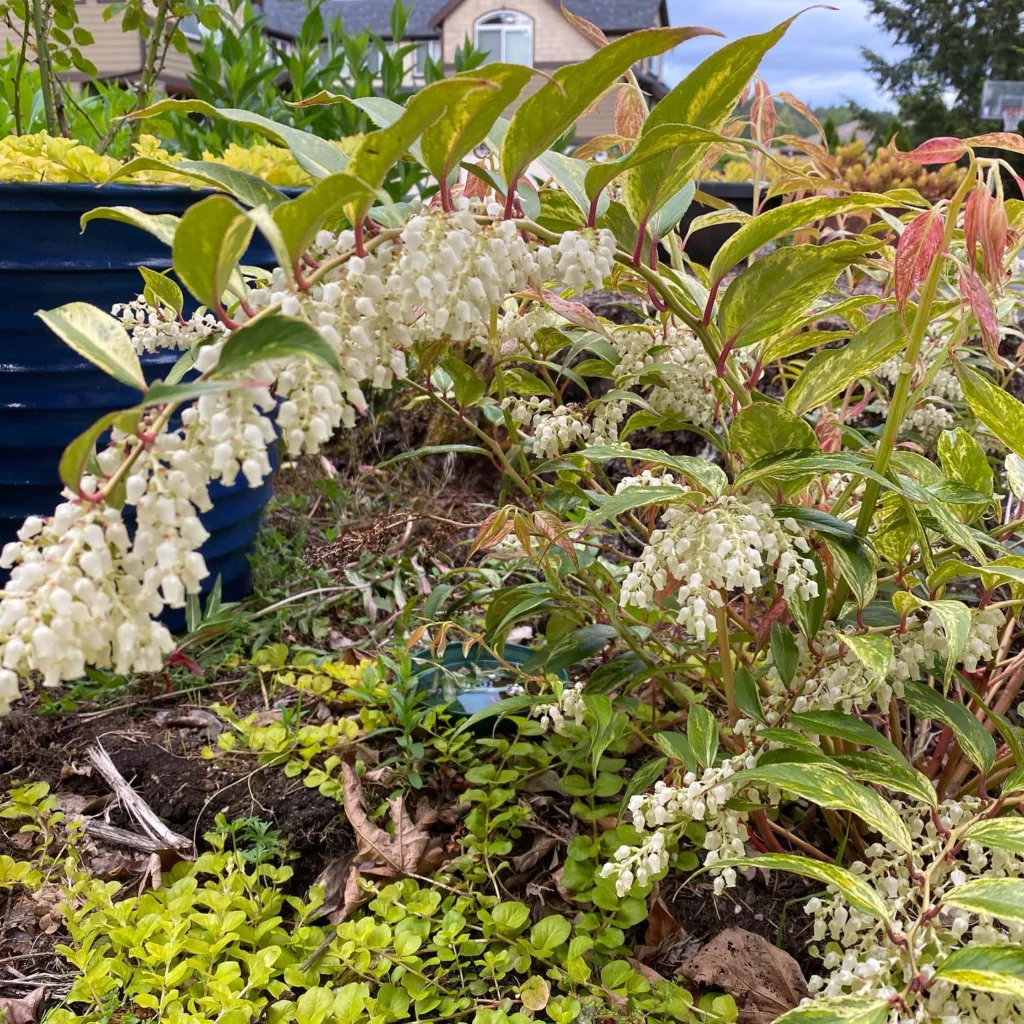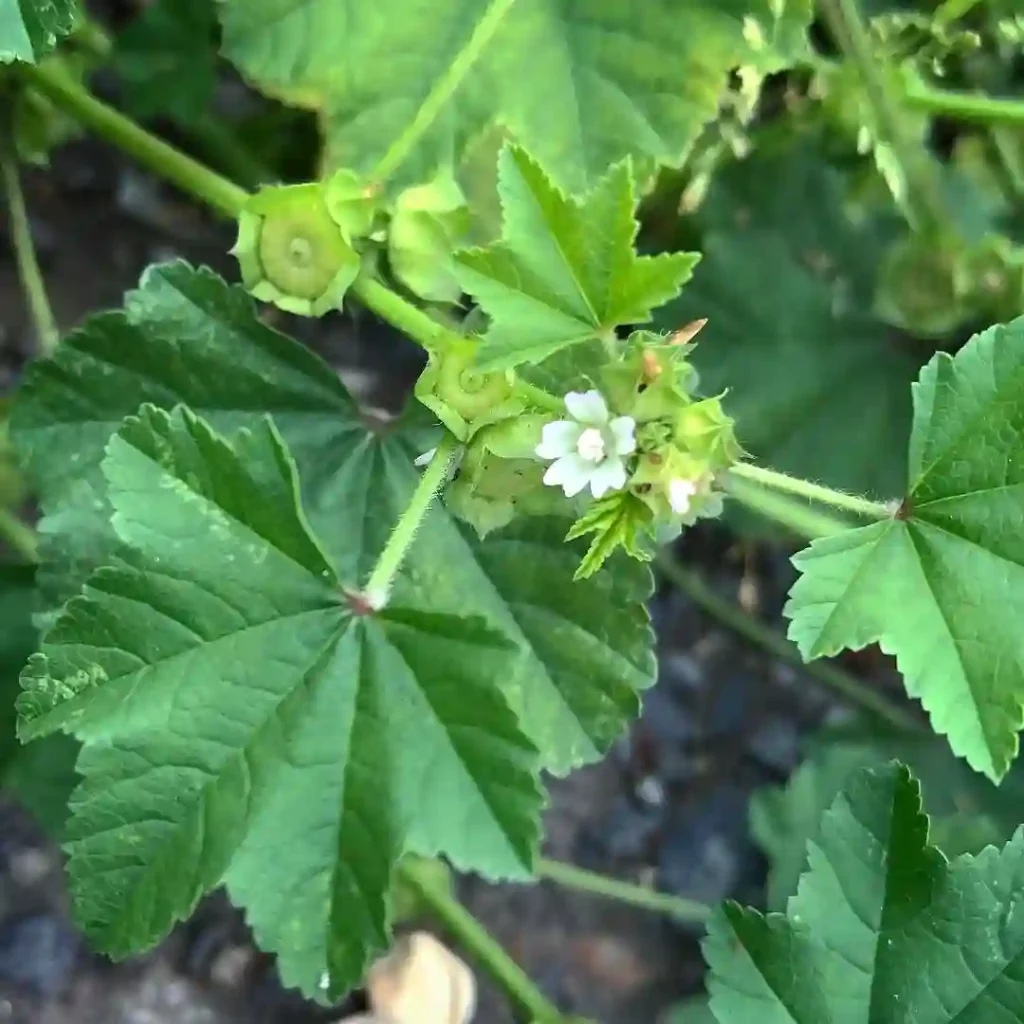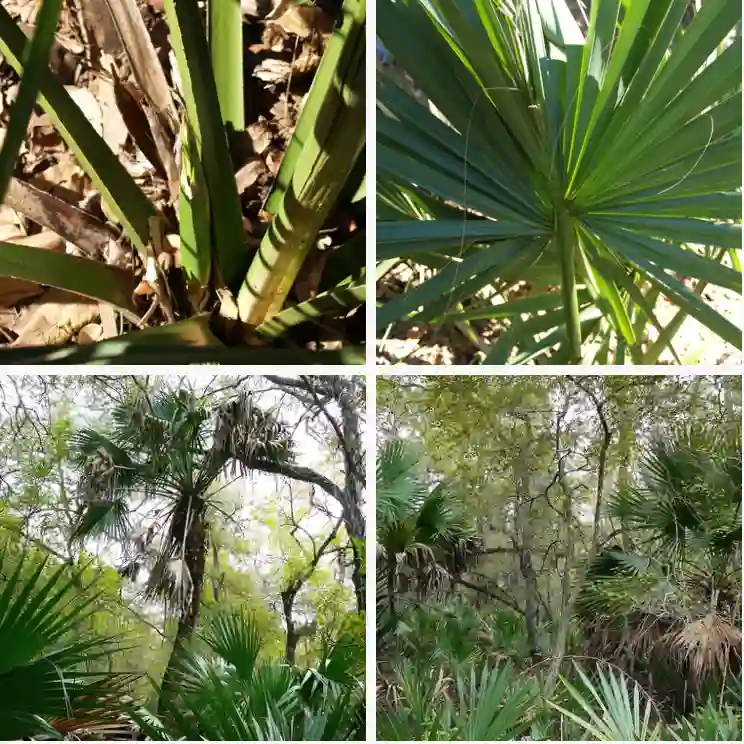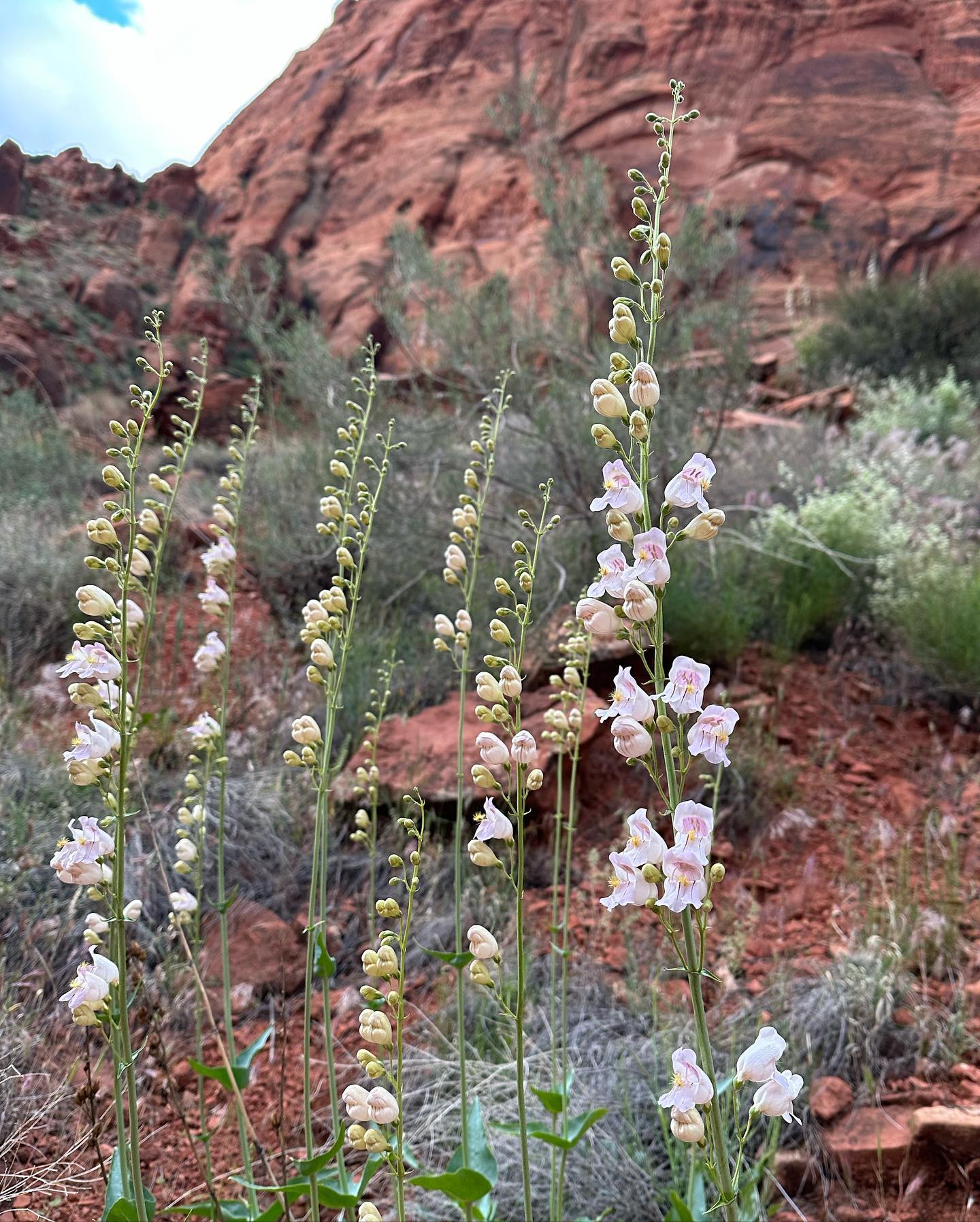In the verdant embrace of tropical rainforests, where sunlight filters through a dense canopy and humidity hangs heavy in the air, a botanical marvel clings to the bark of ancient trees. This is the realm of the epiphytic fern, and among its most captivating members is the Platycerium hillii, often affectionately known as the Staghorn Fern. With its dramatic, antler-like fronds and unique growth habit, Platycerium hillii transforms from a humble spore or tiny pup into a magnificent living sculpture, a testament to nature’s artistry.
This article delves deep into the world of Platycerium hillii, offering a comprehensive guide to its care, characteristics, and cultivation. Beyond the botanical facts, we will embark on a personal 5-year time lapse journey, told through the eyes of a dedicated gardener, illustrating the transformation of this extraordinary plant from its nascent stages to its full, majestic grandeur.
The Essence of Platycerium Hillii: A Botanical Portrait
Platycerium hillii is a species of fern belonging to the genus Platycerium, renowned for their distinctive frond structures that indeed resemble the antlers of deer or elk. Native to the lush, humid rainforests of Queensland, Australia, and parts of New Guinea, this fern thrives as an epiphyte, meaning it naturally grows on other plants (typically trees) rather than in soil. This aerial existence shapes its unique physiology and care requirements.
Distinctive Fronds: A Dual Purpose Design
One of the most fascinating aspects of Platycerium hillii, and indeed all staghorn ferns, is the presence of two distinctly different types of fronds, each serving a vital purpose in the plant’s survival and reproduction:
- Basal (Shield) Fronds: These are the unsung heroes of the Platycerium hillii. Initially green and soft, they are broad, flat, and rounded or kidney-shaped, growing tightly pressed against the mounting surface or the base of the plant. As they mature, these shield fronds gradually turn brown, becoming papery and dry. This transformation is entirely natural and crucial for the plant’s health. Their primary functions include:
- Root Protection: They form a protective layer over the rhizome (the fern’s stem) and root system, shielding them from damage and desiccation.
- Anchoring: They help firmly attach the fern to its host or mounting surface.
- Nutrient and Water Collection: In their natural habitat, these fronds act as a natural basket, catching falling leaves, organic debris, and rainwater. As this organic matter decomposes, it provides essential nutrients to the fern. It is paramount never to remove these brown basal fronds, as doing so can severely harm or even kill the plant.
- Foliage (Fertile) Fronds: These are the showstoppers, the “antlers” that give the fern its common name. Green, strap-like, and typically broad, Platycerium hillii‘s fertile fronds are deeply lobed and fork repeatedly, creating a striking, architectural display. Unlike some other Platycerium species, P. hillii tends to have more upright and compact fertile fronds, contributing to its robust appearance. The undersides of these fronds are where the sporangia (spore-producing structures) develop, appearing as brownish patches, indicating the fern’s reproductive maturity.
Growth and Size: A Journey of Expansion
While Platycerium hillii is often described as having a moderate growth rate, its journey from a small specimen to a large, commanding presence is a gradual one, often taking several years. Initial growth can be slow, as the plant focuses on establishing its root system and basal fronds. However, once established and provided with optimal conditions, its growth accelerates, leading to an impressive spread. Mature specimens can become quite large and heavy, necessitating sturdy mounting solutions.
Noteworthy Cultivars
Within the Platycerium hillii species, several cultivars have been developed or identified, each offering subtle variations in frond shape, size, or growth habit. Some popular examples include:
- ‘Halling’: Known for its robust growth.
- ‘Jimmie’: A well-regarded cultivar.
- ‘Drummond’: Another notable variety.
- ‘Pumilum’: Suggests a more compact form.
- ‘Panama’: A specific geographic or morphological variant.
- ‘Hula Hands’: Implies a distinct frond shape.
- ‘Mio’: Often seen mounted, prized for its appearance.
- ‘Raijin’: Characterized by very wide fronds with prominent veins and broad “toes” at the edges.
These cultivars allow enthusiasts to explore the subtle diversity within this already captivating species.
Cultivating Grandeur: The Art of Platycerium Hillii Care
To truly witness the majestic transformation of Platycerium hillii, understanding and providing its specific care requirements is essential. Mimicking its natural rainforest environment is key to its success.
Light: The Gentle Glow of the Canopy
Platycerium hillii thrives in bright, indirect light. In its natural habitat, it receives dappled sunlight filtering through the tree canopy.
- Indoors: An east-facing window is often ideal, providing gentle morning sun. A north-facing window can also work, though growth might be slower. If placing near a south or west-facing window, ensure the light is diffused with sheer curtains to prevent direct sun exposure, which can scorch the delicate fronds.
- Outdoors: If grown outdoors in a suitable climate, place it in a shaded area, perhaps under a tree or on a covered patio, where it receives ample ambient light but no harsh direct sun.
- Sign of Trouble: Yellowing or browning fronds can indicate too much direct light, while stretched, pale growth suggests insufficient light.
Watering: The Rainforest’s Embrace
Consistent and appropriate watering is crucial for Platycerium hillii. While it loves moisture, it despises being waterlogged, which can lead to root rot.
- Frequency: Water thoroughly when the mounting material or substrate feels almost dry to the touch, typically once a week in warmer months or climates, and every 2-3 weeks in cooler periods or during winter dormancy.
- Method: The most effective way to water a mounted Platycerium hillii is by soaking. Remove the fern from its hanging spot and submerge the entire root ball and basal fronds in a sink or bucket of lukewarm water for 10-20 minutes, or until fully saturated. Allow it to drip dry completely before re-hanging. For potted plants, water until it drains from the bottom.
- Misting: Daily or frequent misting of the foliage fronds can help increase ambient humidity, but it should not replace thorough watering of the root ball. Avoid misting the fuzzy basal fronds excessively, as this can encourage fungal growth.
- Water Quality: If your tap water is very hard or alkaline, consider using rainwater or distilled water, as ferns generally prefer slightly acidic conditions.
Humidity: A Tropical Necessity
High humidity is non-negotiable for Platycerium hillii. It thrives in environments with 60-80% humidity.
- Indoors: This can be a challenge in dry indoor environments. Strategies include:
- Humidifiers: Placing a humidifier near the plant is the most effective method.
- Pebble Trays: Placing the mounted fern or pot on a tray filled with pebbles and water (ensuring the plant’s base doesn’t sit directly in the water).
- Grouping Plants: Grouping your Platycerium hillii with other humidity-loving plants can create a localized microclimate.
- Location: Naturally humid rooms like bathrooms or kitchens can be excellent spots if light conditions are met.
- Sign of Trouble: Brown, crispy frond tips are a classic sign of insufficient humidity.
Temperature: Warm and Stable
Platycerium hillii prefers warm, stable temperatures, ideally between 60-80°F (15-27°C).
- Avoid Extremes: Protect the plant from sudden temperature fluctuations, cold drafts, and direct heat sources (e.g., radiators, air conditioning vents). While mature ferns can tolerate brief drops to 50°F (10°C), prolonged exposure to cold can cause shock and damage.
- Consistency: Maintaining a consistent temperature range is more important than hitting exact numbers.
Substrate and Mounting: Embracing Epiphytic Nature
Given its epiphytic nature, Platycerium hillii is best grown mounted rather than in a traditional pot.
- Mounting: Secure the fern to a sturdy, rot-resistant backing such as a wooden board (cedar or cypress is good), cork bark, or a wire basket. The root ball should be nestled in a mound of moisture-retentive, airy material like sphagnum moss, orchid bark, coco coir, or a mix of these. Fishing line or non-corrosive wire can be used to gently secure the plant until its basal fronds grow to encompass the mount.
- Potted (Young Plants): Very young Platycerium hillii pups can be started in pots with a very well-draining, airy orchid mix or a blend of peat, perlite, and bark. However, they should be transitioned to a mount as they mature.
- Repotting/Remounting: Only necessary when the fern has significantly outgrown its current mount or pot. This is best done in spring.
Fertilization: Gentle Nourishment
Platycerium hillii benefits from regular, but gentle, feeding during its active growing season (spring and summer).
- Type: Use a balanced, water-soluble liquid fertilizer (e.g., 10-10-10 or a high-nitrogen formula if you want to encourage leafy growth).
- Dilution: Always dilute the fertilizer to half or quarter strength to avoid nutrient burn.
- Frequency: Apply monthly during spring and summer. Reduce to every other month in fall, and cease entirely in winter when growth slows.
- Application: Water the plant thoroughly before fertilizing to prevent root burn. You can also mix the diluted fertilizer into the soaking water.
Air Circulation: A Breath of Fresh Air
Good air circulation is vital to prevent fungal diseases, especially in high-humidity environments. Ensure your Platycerium hillii is not in a stagnant corner. Gentle air movement is beneficial.
Pruning: Less is More
Platycerium hillii requires very little pruning.
- What to Remove: Only remove fronds that are completely dead, withered, or detached from the plant. Use clean, sharp shears.
- What NOT to Remove: Never remove the brown, papery basal (shield) fronds. As mentioned, these are crucial for the plant’s health and function. Their browning is a natural part of their lifecycle, not a sign of distress.
Propagation: Expanding the Staghorn Family
Propagating Platycerium hillii can be a rewarding experience, though some methods require patience.
Spores: The Ambitious Path
Growing Platycerium hillii from spores is a challenging but fascinating endeavor, mimicking its natural reproductive cycle.
- Collection: Collect mature spores by carefully scraping the brownish patches (sporangia) from the underside of a fertile frond onto a piece of paper.
- Sowing: Sow the fine, dust-like spores onto a sterile, moist substrate (e.g., sterilized sphagnum moss, peat, or a fine fern mix) in a sealed container or terrarium to maintain extremely high humidity.
- Germination: Spores can take weeks to months to germinate, forming a green, heart-shaped structure called a prothallus. This prothallus then produces gametes that fertilize to form the true fern sporophyte.
- Patience: This method requires immense patience, sterile conditions to prevent mold, and consistent humidity. The initial growth of sporelings is incredibly slow.
Division: The Easier Route
The most common and successful method for home growers is propagation by division of pups (offsets). Platycerium hillii is known for producing many pups.
- Identification: Look for small, miniature versions of the parent plant forming at the base or along the edges of the basal fronds. Ensure the pup has its own developing basal and fertile fronds, and ideally, some roots.
- Separation: Carefully lift the basal fronds of the parent plant to expose the attachment point. Using a clean, sharp knife or sterile scissors, gently cut the pup away, ensuring it has a piece of the rhizome and its own root system.
- Mounting/Potting: Mount the separated pup onto a new board or pot it in a small container with an appropriate airy mix, as you would a mature plant. Keep the newly separated pup in a warm, humid environment and slightly more moist until it establishes.
Navigating Challenges: Common Issues and Solutions
Even with the best care, Platycerium hillii can occasionally encounter issues. Understanding the common problems and their solutions is key to maintaining a healthy plant.
- Yellowing Fronds:
- Causes: Overwatering (leading to root rot), underwatering (dehydration), low humidity, or nutrient deficiency.
- Solution: Assess your watering schedule and humidity levels. Ensure good drainage. If nutrient deficiency is suspected, fertilize appropriately during the growing season.
- Brown Frond Tips/Crispy Edges:
- Causes: Primarily low humidity or severe underwatering.
- Solution: Increase humidity immediately using a humidifier or pebble tray. Adjust watering frequency to ensure the plant doesn’t dry out completely for too long.
- Mushy Fronds/Blackened Base:
- Causes: Severe overwatering and poor air circulation, leading to fungal or bacterial soft rot.
- Solution: This is serious. Immediately reduce watering. Improve air circulation around the plant. If root rot is extensive, you may need to unmount the plant, trim affected roots (if any are visible), allow it to dry out, and remount on fresh material.
- No New Growth:
- Causes: Insufficient light, lack of nutrients, or the plant is in its dormant phase (typically winter).
- Solution: Ensure adequate bright, indirect light. Fertilize during the growing season. If it’s winter, reduced growth is normal.
- Pests:
- Common Pests: Mealybugs, scale insects, and spider mites. These can appear if the plant is stressed or if other infested houseplants are nearby.
- Solution: Inspect regularly. For mealybugs, use a cotton swab dipped in rubbing alcohol to dab them off. For scale, gently scrape them off. For spider mites, increase humidity and rinse the plant. For more severe infestations, use neem oil or an insecticidal soap, ensuring thorough coverage. Isolate affected plants to prevent spread.
- Diseases (Fungal/Bacterial):
- Rhizoctonia Blight (Black Spot Disease): Appears as black or brown spots, often starting in the interior fronds. Exacerbated by high humidity and poor air circulation.
- Bacterial Soft Rot: Causes mushy, water-soaked, blackened areas, often with a foul odor. Results from excessive moisture.
- Leaf Spot Disease: Small brown or black lesions that can cause affected areas to die and drop out.
- Solution: Improve air circulation. Reduce overwatering. Remove affected fronds. In severe cases, a fungicide may be necessary. Prevention through proper environmental conditions is the best defense.
- Fuzzy/White Dust on Fronds: This is a normal and beneficial feature! Platycerium hillii (and many other Platycerium species) have fine, silvery, star-shaped hairs called stellate hairs on their fertile fronds. These hairs help protect the plant from excessive light, reduce water loss, and deter pests. Do not wipe them off, as this can damage the fronds and compromise the plant’s health.
Platycerium Hillii vs. Platycerium Bifurcatum: A Tale of Two Staghorns
For new enthusiasts, distinguishing between Platycerium hillii and the more common Platycerium bifurcatum (often simply called the common staghorn fern) can be challenging, as they share many similarities. However, key differences exist:
| Feature | Platycerium hillii | Platycerium bifurcatum |
|---|---|---|
| Fertile Fronds | More upright, compact, broader, and more deeply lobed/forked. Often described as having a “fuller” appearance. | More pendulous (hanging), narrower, and less deeply lobed. |
| Basal Fronds | Typically more rounded and tightly pressed against the mounting surface. | Can be more irregular in shape and sometimes less tightly pressed. |
| Fuzziness | Generally less fuzzy (fewer stellate hairs) on the fertile fronds. | Often has a more noticeable silvery-white fuzz (stellate hairs) on its fertile fronds. |
| Light Tolerance | Reportedly slightly less tolerant of very high light due to less fuzz. | Generally more tolerant of varied light conditions. |
| Growth Habit | Tends to grow more compactly. | Can spread more widely and produce pups more readily. |
| Availability | Less common in general nurseries, often found at specialty plant shops or online. | Widely available, often the “default” staghorn fern. |
| Care Difficulty | Considered slightly more demanding than P. bifurcatum due to its preference for higher humidity and specific light. | Generally more forgiving and adaptable, making it a good beginner staghorn. |
Both species are magnificent additions to any plant collection, but understanding these distinctions can help you appreciate their unique beauty and provide tailored care.
A Gardener’s 5-Year Time Lapse: My Journey with Platycerium Hillii
My journey with Platycerium hillii began not with a grand specimen, but with a tiny, unassuming pup, barely larger than my palm. It was a gift from a fellow plant enthusiast, a small promise of the majestic beauty it would one day become. This is the story of its transformation, a testament to patience, observation, and the quiet joy of nurturing life.
Year 1: The Tiny Beginnings – A Leap of Faith
When I first received my Platycerium hillii pup, it was a delicate thing, still attached to a small piece of sphagnum moss. I decided to give it the best possible start, mounting it onto a small, untreated cedar board. The initial days were filled with a mix of excitement and trepidation. I remembered all the advice: high humidity, bright indirect light, consistent watering. I placed it in a bathroom with a large, frosted window, hoping the naturally higher humidity would give it an edge. For the first few months, it seemed to do very little, just clinging to its new home. I misted it daily, and once a week, I would carefully lift the board and soak the moss pad in a bucket of lukewarm, filtered water. It was a leap of faith, trusting that this tiny green blob would one day unfurl into the impressive “antlers” I had seen in pictures.
By the end of the first year, a miracle had occurred: the first true shield frond began to emerge, slowly encasing the moss and the initial attachment point. It was a vibrant green, soft to the touch, and a clear sign that my little fern was settling in. A tiny, nascent fertile frond also started to push out, a slender green spear promising future grandeur.
Year 2: Establishing Roots and First Shields – Learning the Rhythm
The second year was all about establishment. My Platycerium hillii was no longer just a pup; it was a young plant with a clear sense of purpose. The initial shield frond expanded, and a second, larger one started to form, overlapping the first. These were still green, active shields, diligently working to protect the growing root system. The fertile fronds, while still small, began to show the characteristic lobing of P. hillii, hinting at the broad, upright form they would eventually take. I had found my watering rhythm – a thorough soak every 7-10 days, depending on the ambient temperature and how quickly the moss dried. I also started introducing a very diluted, balanced liquid fertilizer once a month during the warmer spring and summer months. The plant responded with a subtle but noticeable increase in vigor.
I moved the plant from the bathroom to a slightly brighter spot near an east-facing window in my living room, ensuring it still received ample indirect light. I noticed the tips of some fertile fronds browning slightly during a particularly dry winter month, which prompted me to invest in a small humidifier. This immediately made a difference, and the new growth came in perfectly green and healthy.
Year 3: The Growth Spurt and Mounting – A New Home
Year three marked a significant turning point. My Platycerium hillii experienced its first real growth spurt. The fertile fronds elongated considerably, and their distinctive, broad, upright shape became more pronounced. The basal fronds, now several layers thick, began to show signs of their natural browning process, turning papery and dry at the edges. This was a clear indication of maturity, and I resisted the urge to peel them off, knowing their vital role.
The cedar board I had initially mounted it on was starting to look small. The plant was thriving, producing new fronds consistently, and I could see the potential for it to become a truly large specimen. It was time for a remount. I carefully prepared a larger, custom-made cypress board, wider and thicker to accommodate its future growth. The process of remounting was a delicate dance, gently detaching the old mount, adding fresh sphagnum moss around the root ball, and securing it to the new board with fishing line. It was a bit stressful, but within weeks, the fern settled into its new, more spacious home, and its growth continued unabated. This year also brought the exciting appearance of its first tiny pup, a miniature version of the mother plant, nestled at the base.
Year 4: Maturing Form and First Spores – The Cycle Continues
By the fourth year, my Platycerium hillii was truly a sight to behold. Its fertile fronds were now impressive, spanning nearly two feet from tip to tip, with their deep lobing and vibrant green color. The layers of brown, papery basal fronds formed a beautiful, protective crown around its base, a testament to its age and resilience. It had developed a distinct character, a sculptural presence in my living room. This year, for the first time, I noticed brownish patches forming on the undersides of some of the mature fertile fronds – the sporangia, filled with thousands of microscopic spores. It was a profound moment, witnessing the plant’s full reproductive cycle.
I also had to contend with a minor scale infestation on a nearby plant, which briefly spread to my Platycerium hillii. Regular inspection allowed me to catch it early. I carefully wiped the scales off with a cotton swab dipped in rubbing alcohol and then treated the plant with diluted neem oil. The fern recovered quickly, a testament to its overall health and my consistent care.
Year 5: Grandeur Achieved and Sharing the Legacy – A Living Masterpiece
Now, as I reflect on five years with my Platycerium hillii, it stands as a magnificent living masterpiece. Its fertile fronds cascade and reach outwards, creating an impressive display of verdant architecture. The layers of shield fronds are thick and robust, a natural armor. It has not only grown in size but also in personality, a silent, majestic presence that brings a piece of the rainforest into my home.
The pup that emerged in year three has grown considerably, and I am now preparing to gently separate it and share it with another aspiring plant enthusiast, continuing the legacy of this incredible species. Growing Platycerium hillii has been a journey of learning, patience, and immense satisfaction. It has taught me the importance of observation, the subtle language of plants, and the profound beauty that unfolds when we provide them with the conditions they need to thrive.
Conclusion: The Enduring Allure of the Staghorn Fern
The Platycerium hillii is more than just a houseplant; it is a living sculpture, a testament to the intricate beauty and adaptability of the plant kingdom. From its humble beginnings as a spore or tiny pup, it embarks on a remarkable journey of growth, unfurling dramatic fronds that evoke the wild majesty of its rainforest home.
Cultivating this magnificent fern requires attention to its specific needs for bright, indirect light, consistent moisture, and crucially, high humidity. Understanding the dual role of its basal and fertile fronds, and recognizing the subtle signs of its health, are key to its long-term success. While it may demand a bit more dedication than some other houseplants, the reward is an unparalleled display of botanical grandeur.
As my own 5-year journey has shown, patience and consistent care transform a small Platycerium hillii into a breathtaking focal point, a piece of the tropical canopy brought into your living space. Whether you are a seasoned collector or a curious beginner, embarking on your own staghorn fern journey promises to be a deeply rewarding experience, connecting you to the enduring allure of these ancient and captivating plants.
If i die, water my plants!



